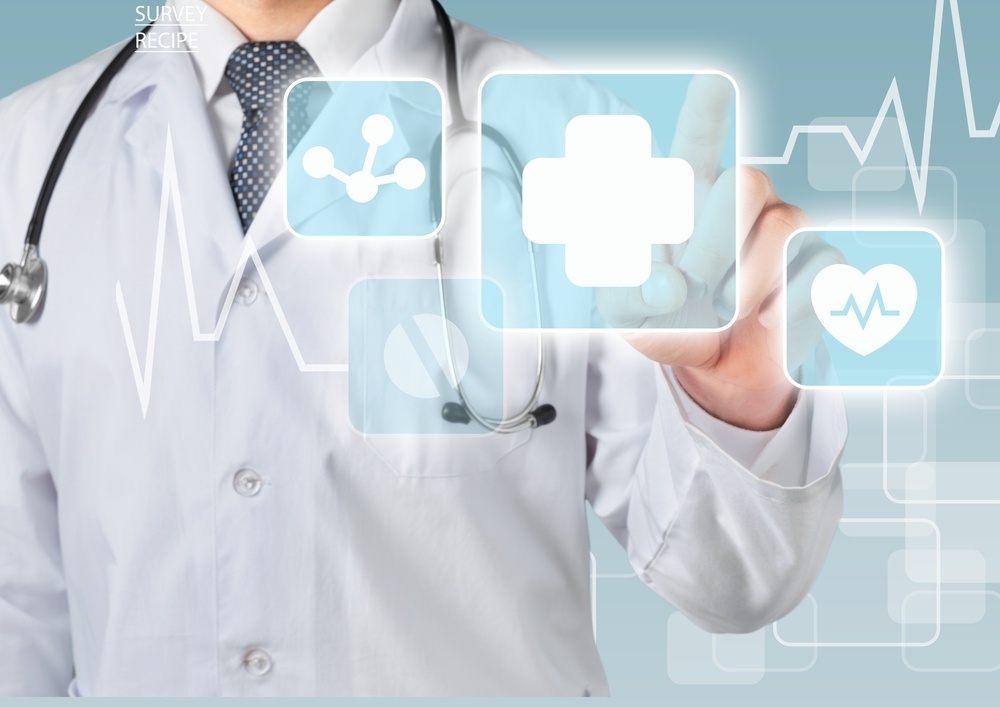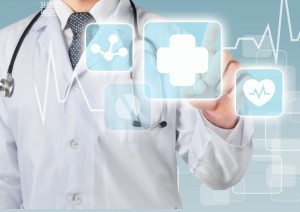2 mins read
Device Mesh – Changing The Face Of Healthcare

Advancement of the Internet of Things (IoT) has
Tags:
- ambient user experience
- boston scientific mesh lawsuit settlements
- device mesh technology
- ethicon mesh lawsuit updates
- information technology trends 2016
- mdl 2325
- mdl 2326
- mesh fixation devices
- mesh lawsuit news 2015
- mesh lawsuit news updates
- mesh mdl west virginia
- mesh medical device
- mesh medical term
- mesh network devices
- pelvic mesh device
- what is digital mesh




